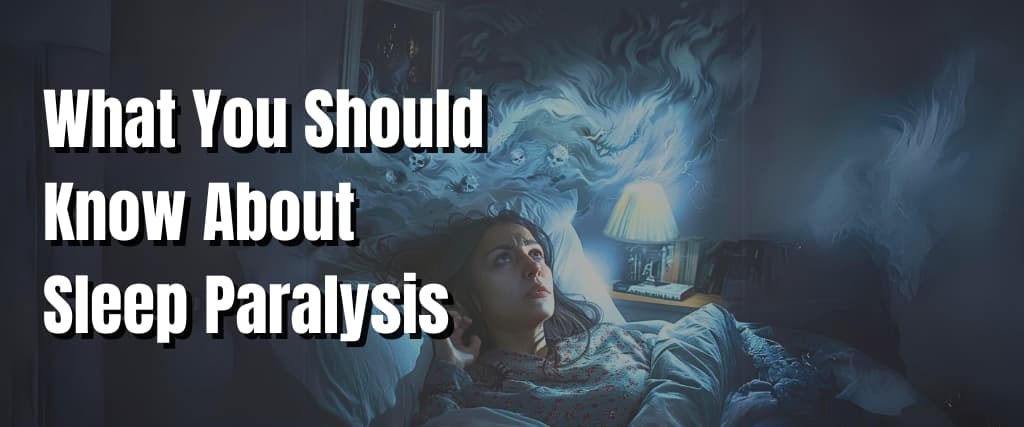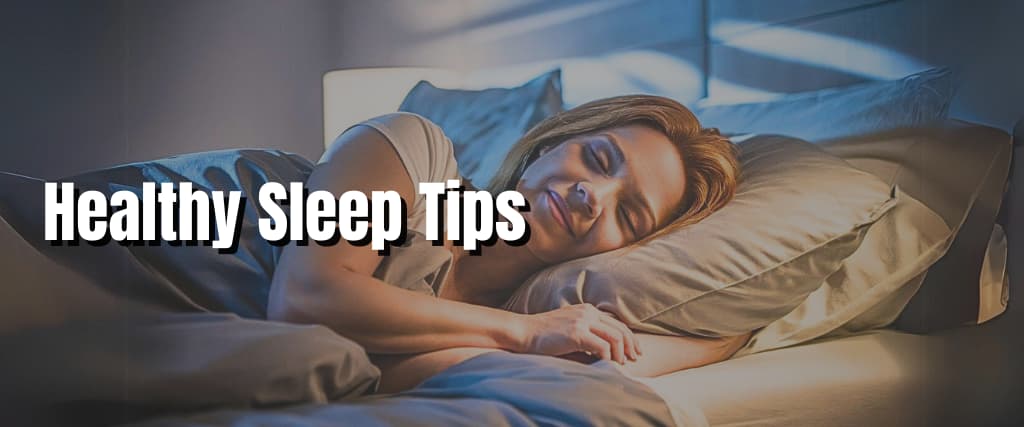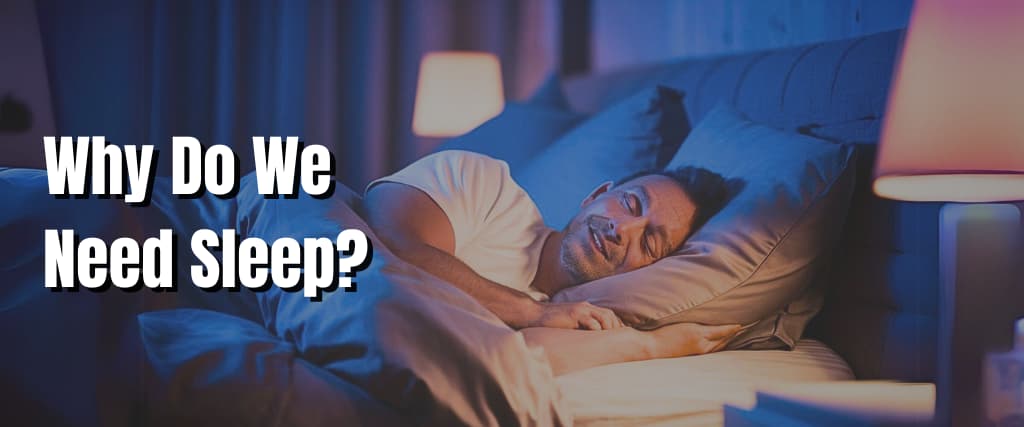If you are among hundreds of Australians who suffer from insomnia, you may find yourself restless when you want to enjoy a peaceful sleep.
Luckily, with a proper method, you can consistently fall asleep within minutes. One of the keys to having a better sleep is relaxation. According to research, the relaxation response is a biological process that affects both the mind and body positively.

The relaxation response technique can help you drift peacefully off to sleep by reducing stress and anxiety. Our step-by-step guide offers proven relaxation techniques to curb insomnia and other sleep-related problems.
Specialists insist that it can be a while before you grasp these techniques, but practicing pays off eventually. Luckily, the techniques are customizable, and you can alter them over time to ensure they work for you.
The Four Key Elements of Cultivating Relaxation
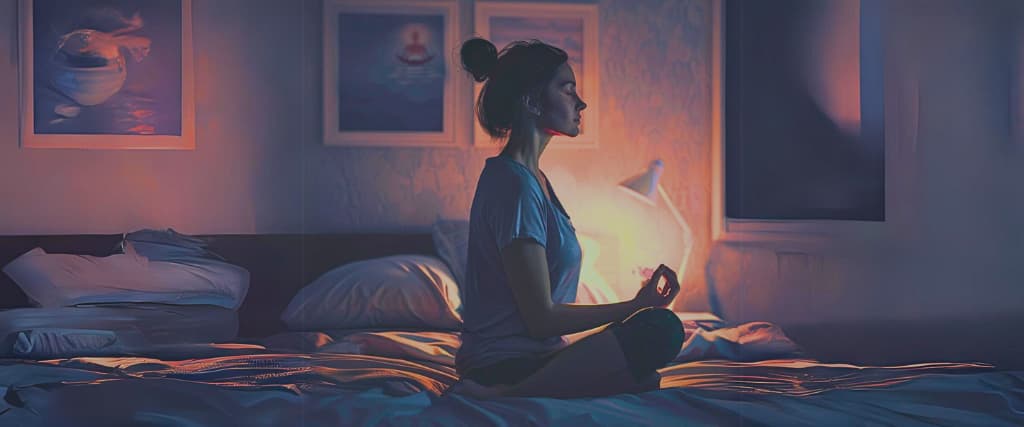
For years now, relaxation has been a central focus of spiritual and cultural practices providing a sense of calm and connection with oneself and the surrounding world.
Only now, meditative practices for relaxation have become a focus of scientific research, which identifies four vital elements for nurturing the relaxation response.
- A calm environment. This does not mean a completely quiet environment. Relaxing music or sounds can be pretty significant. However, it is critical to avoid loud, abrasive noises.
- A focus of attention. To reduce thinking about external factors, you can use a breathing pattern, mental image, phrase, or word to draw your attention.
- A passive attitude. Coming to terms that it is normal for your mind to wander allows you to remain at ease and put your attention back to the object you had focused on.
- A comfortable position. When relaxing, a comfy place is vital. That’s why lying in bed is the recommended position while easing up to fall asleep.
All these are methods of achieving relaxation so that you can calmly fall asleep. Understanding these basics allows you to adjust these methods to suit your preference.
Falling Asleep With Relaxation Techniques
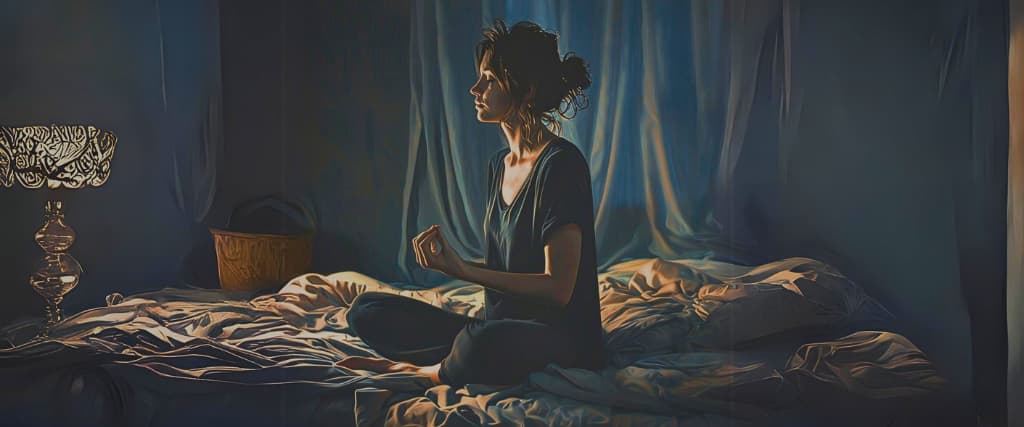
When resting in bed, try out these methods to allow yourself to be comfortable and slowly get to sleep.
Controlled Breathing
Reasons for Its Effectiveness:
You can enable a sense of calm by a series of slow, deep breaths. This technique is also recognized as pranayamic breathing. The method is believed to prepare the brain for sleep by reducing excitatory stimulus and reducing stress in the nervous system.
How It Is Done:
Method 1: Counting breaths
- Inhale gradually and moderately through your nose.
- Exhale gently and slowly through your mouth.
- Begin counting each breath or each cycle of inhalation and exhalation; opt for that which comes naturally.
Method 2: Dr. Andrew Weil’s 4-7-8 method

- Put the tip of your tongue near the ridge behind your front two teeth and hold it in this location throughout the breathing exercise.
- With your mouth closed, gradually inhale through your nose while counting to four.
- Grasp your breath while counting to seven.
- Open your mouth while counting to eight. Due to the location of your tongue, exhalation should cause a whooshing sound.
Repeat the 4-7-8 cycle three more times.
Who It’s Perfect For:
Controlled breathing is ideal for people who are just getting started with relaxation techniques or experiencing difficulty using other objects of focus like mantras or imagery.
Meditation and Mindfulness
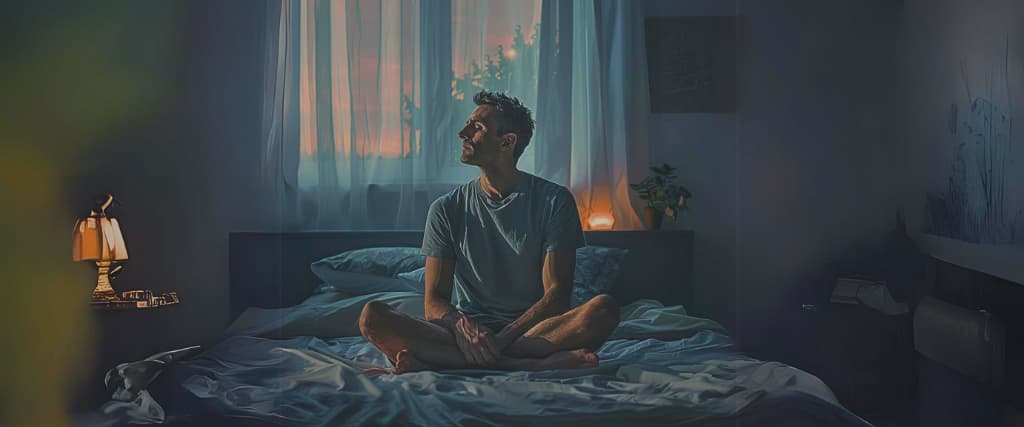
Reasons for Its Effectiveness:
Mindfulness is centered on a non-judgmental focus on the current moment and slow sound breathing. With its ability to reduce anxiety and thoughts, it has been found to have tremendous health benefits, for instance, the ability to help reduce insomnia.
How It Is Done:
When it comes to mindful meditation, there are different variations for different circumstances. One of the most straightforward styles is body scan meditation.
- Concentrate on inhaling and exhaling at a comfortable pace.
- Keep an eye on the position of your body on the bed.
- Feel any sensations, good or bad, in your legs or feet. Allow your legs to relax.
- Continue the “body scan,” observing each part from the legs up to the head with its sensation. The primary goal of this process is to stay present and watch your body without reacting or judging and letting each body part relax.
- After scanning each body part, take your time to reflect on your body as a whole and let it relax.
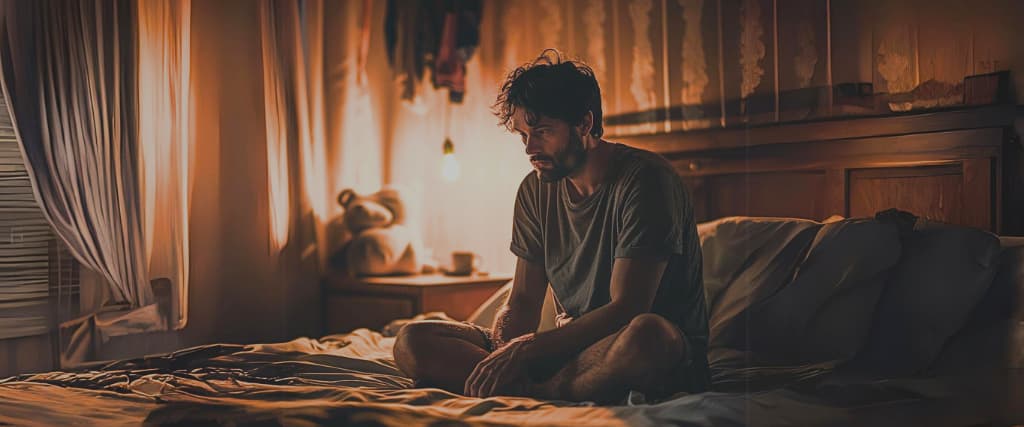
This kind of meditation mindfulness is obtained from UC-Berkeley’s Greater Good in Action (GGIA) program that provides audio recordings for this and other mindful meditations.
Who It’s Ideal For:
With mindful meditation, anyone can meditate, but it requires more practice to get accustomed to it. In fact, it works perfectly for people who can devote at least five minutes a day to improve their relaxation with it.
Progressive Muscle Relaxation
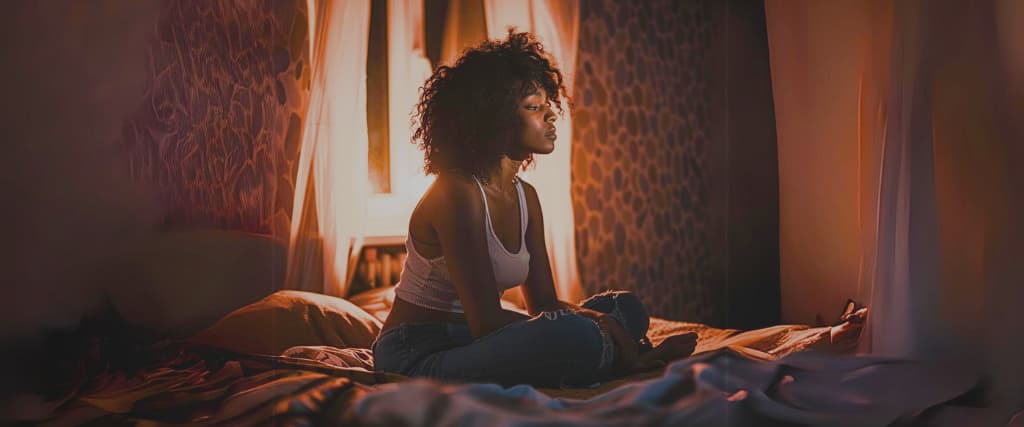
Why It Is Effective:
In conjunction with controlled breathing, Progressive Muscle Relaxation (PMR) builds a relaxing effect by slowly tightening and freeing muscles all over the body.
How It Is Done:
- Close your eyes and slowly inhale and exhale.
- Beginning with your face, tense your muscles (eyes, jaw, lips) for about 10 seconds, then release the muscles and breathe deeply in and out for several seconds.
- Tense your shoulders for ten seconds, calm down, and then breathe.
- Continue relaxing and tensing other body parts, avoiding areas that result in pain when teasing the muscles. Some of the body parts to continue teasing include;
- Upper arms
- Lower arms and hands
- Back
- Stomach
- Buttocks
- Hamstrings
- Feet
- Calves
Who It’s Great For:
Studies have shown PRM can be helpful to people with insomnia and, when done right, can be beneficial to people who have arthritis or other conditions of physical pain. Unfortunately, PRM is not recommended for people with uncontrolled cardiovascular diseases.
Imagery

Why It Is Efficient:
Trying to visualize a peaceful image from your past with all its details engages your attention, thus promoting relaxation.
How It’s Done:
While in a comfortable position and your eyes closed, think of a place or an experience that makes you feel relaxed, like a quiet natural setting.
While inhaling and exhaling gently, reflect on the details of this setting and its appearances.
Continue concentrating on this image by adding little details involving your other senses (sound, taste, touch, smell) and experience the calmness of this mental image.
Who It is Best For:
Visual thinkers that can effortlessly remember past scenes with complete details are best suited for using Imagery as part of their bedtime relaxation technique.
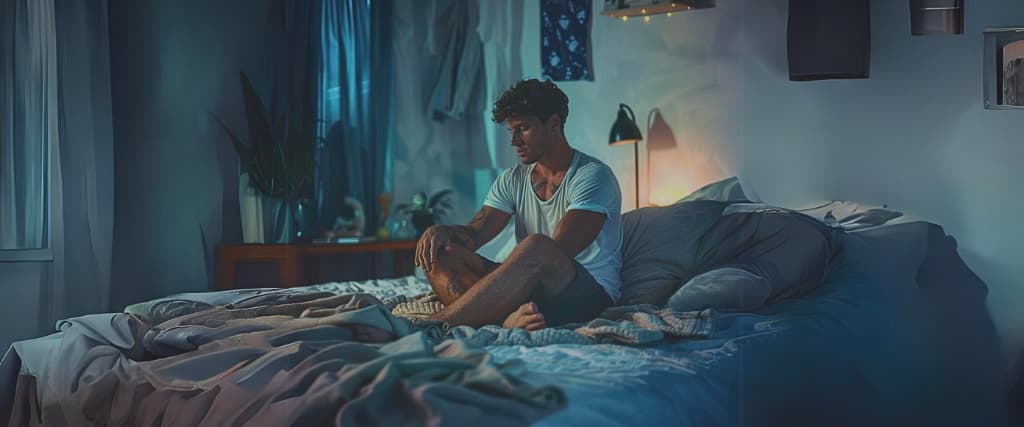
Are There Shortcomings to Relaxation Techniques?
In relaxation techniques, undesirable results are not common. However, a small number of people can experience anxiety. If you have any concerns about trying these techniques, you must talk to a specialist before getting started.
What to Do About Mind Wandering
According to experts, mind wandering is normal as it happens to them during these relaxation techniques, so don’t worry if you experience this. However, you can stay calm, continue breathing gently and try to bring your mind back to the main focus of attention.
What If I Can’t Fall Asleep Still?
In case you get into bed and you can’t fall asleep after 20 minutes, get up, move to another room in the house and do something soothing like listening to quiet music or reading.
Staying awake in bed for long periods can bring about a poor mental connection between your sleeping setting and wakefulness. Instead, it would be best if you had your bed to invoke thoughts and feelings contributing to sleep.
Pre-Bedtime Tips to Aid Falling Asleep Fast

Before you get into bed, there are a few simple tips that can ensure your mind and body are ready to fall asleep effortlessly.
- Prior to bedtime, wind down for at least half an hour. Engage yourself in ideal activities during this time, like reading and light stretching.
- Keep off close range electronics like phones, tablets, and phones because they can excite the brain and make it harder to fall asleep.
- Ensure you are in comfortable clothing, and dim the lights to help you relax your eyes.
- Make sure you’ve set a pleasant temperature in your bedroom. The cooler, the better.
- Contemplate on a calming scent, such as lavender essential oils that can create a calming effect.
- Before bedtime, avoid spicy food, big meals, caffeine, and alcohol.
Big-Picture Tips to Falling Asleep Easily

Incorporating critical sleep tips beyond the immediate run-up to bedtime can help you fall asleep and prevent serious sleeping problems.
- Adhere to a regular sleep schedule with a similar wake-up time every day. This is important as it helps fine-tune and entrain your body for more regular sleep.
- Make physical activity part of your routine. Exercising benefits the body in a number of ways, and enabling healthier sleep is one of them.
- Start keeping a sleep diary if you experience difficulty sleeping. This will help you identify what could be depriving you of your night’s rest.
- If your sleep problems are severe, worsening, or long-term, see a specialist. It is imperative to see a doctor who can help pinpoint the cause of your problem and recommend the ideal treatment.




